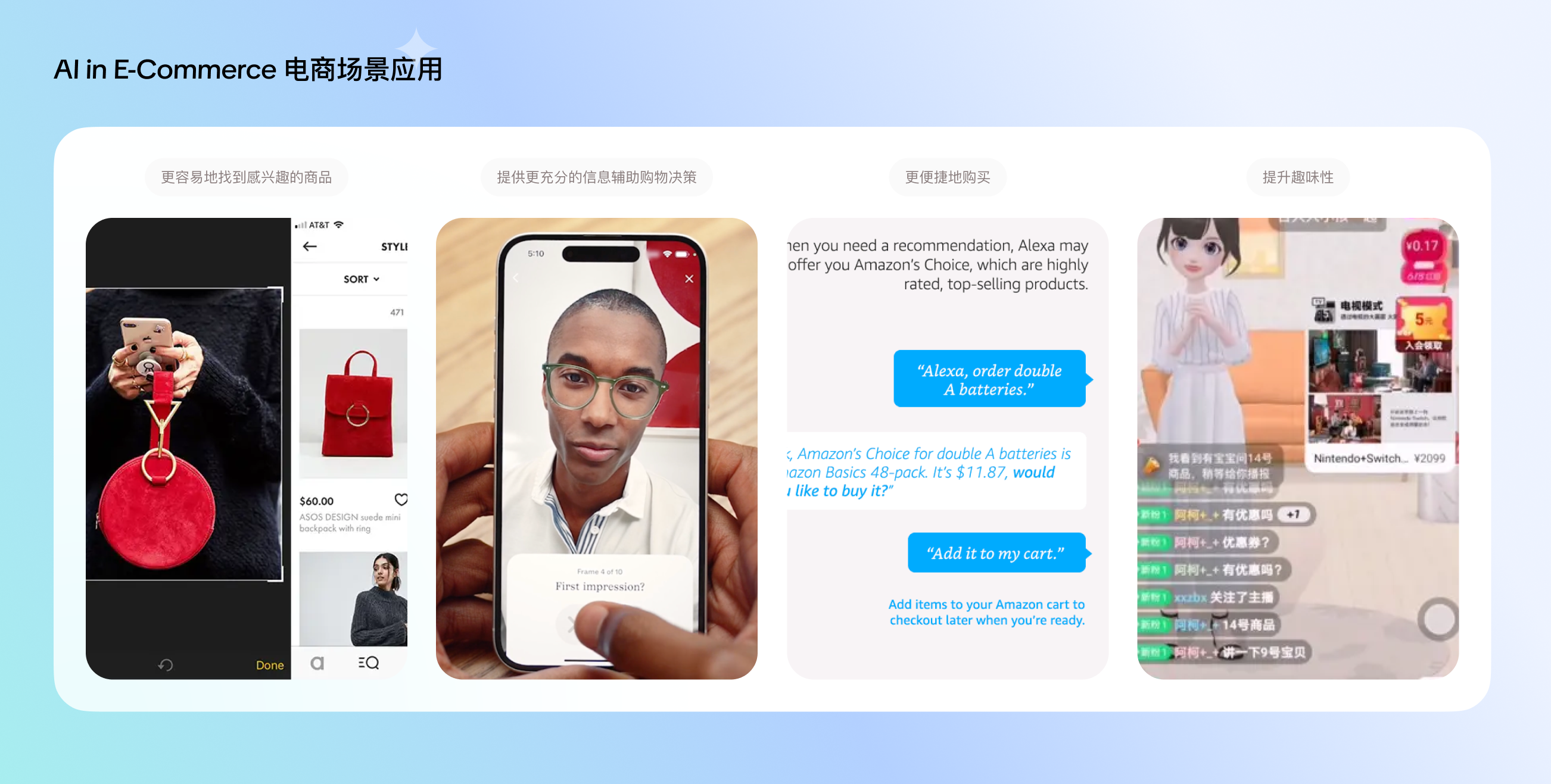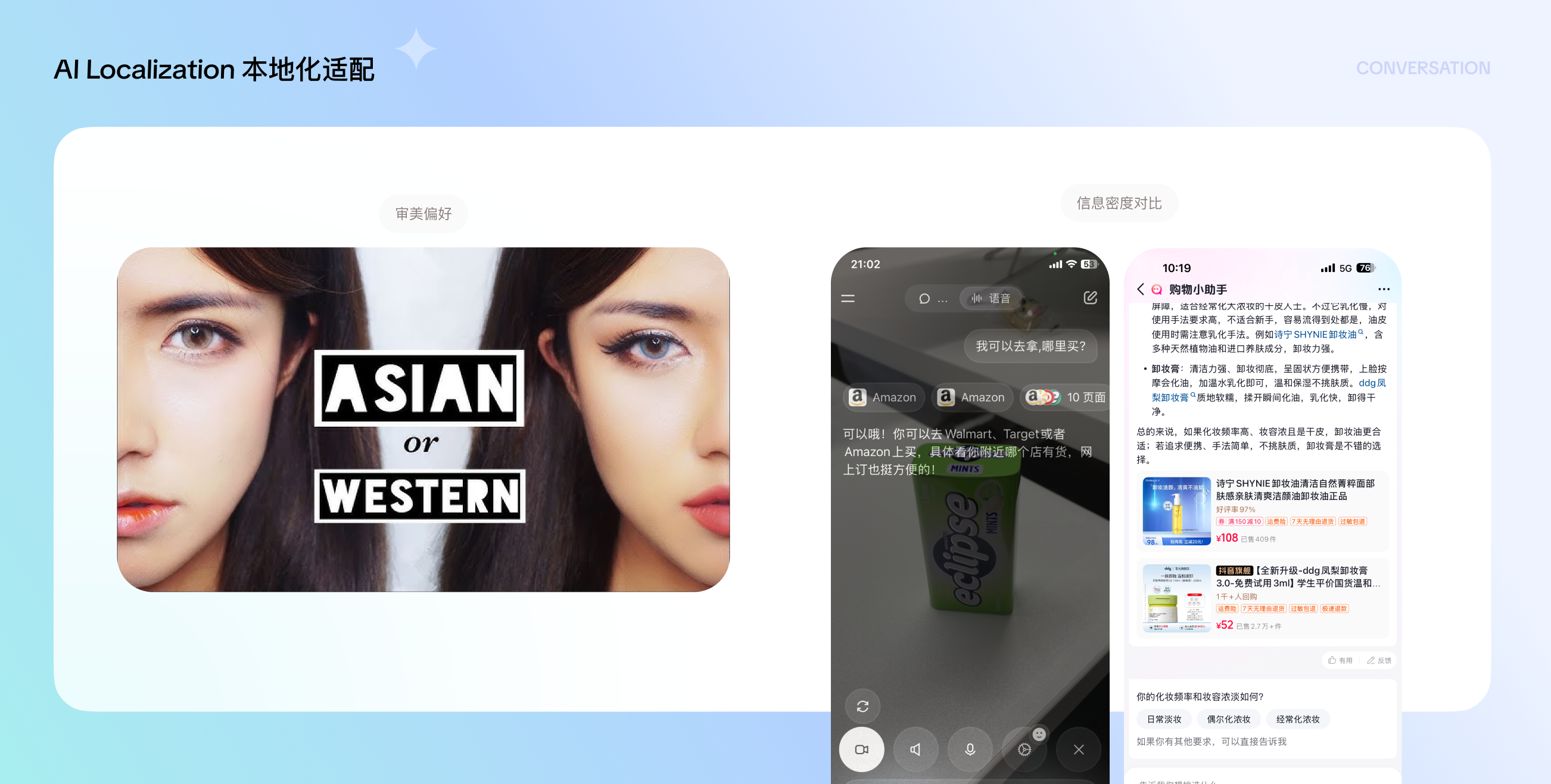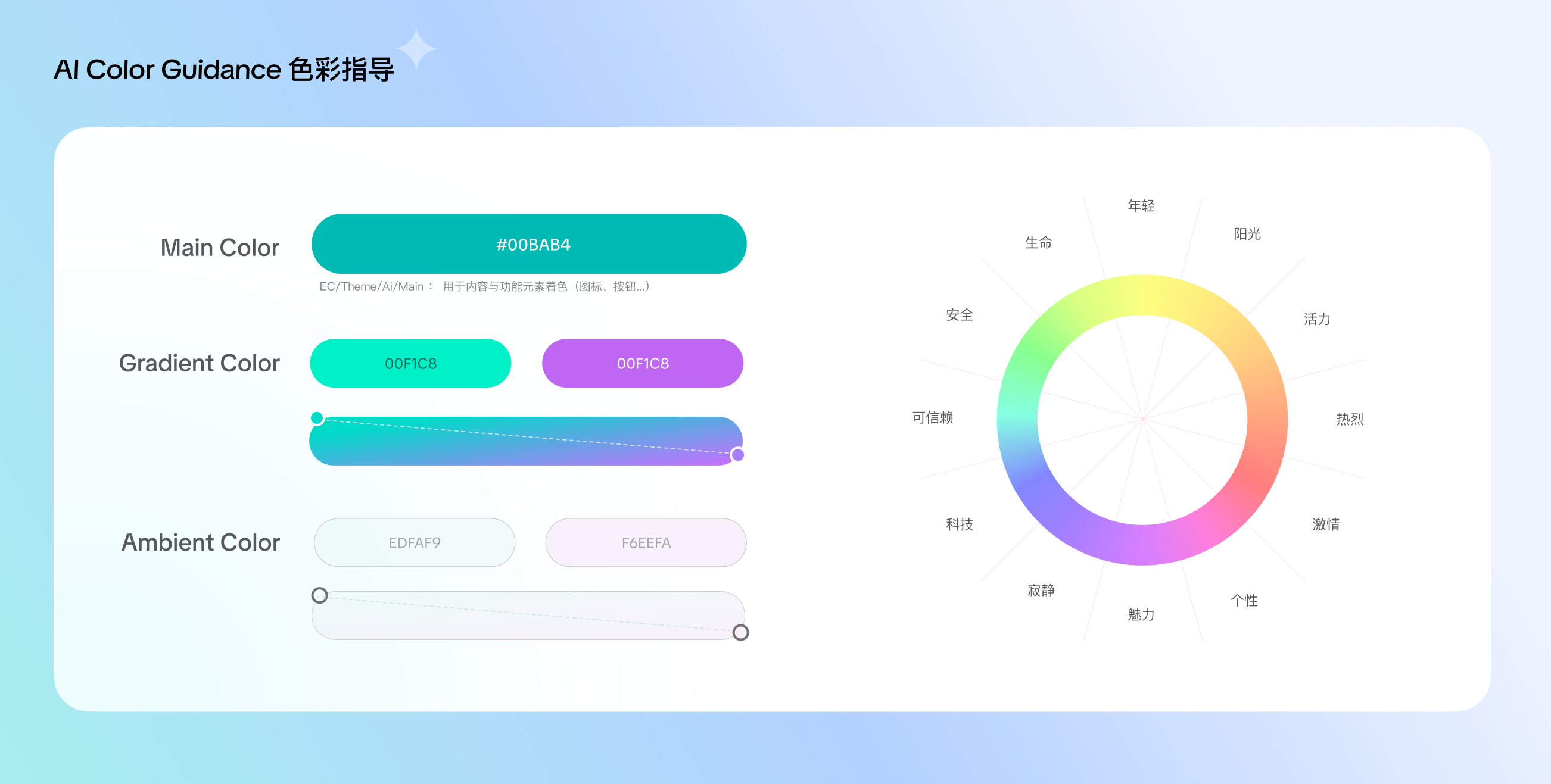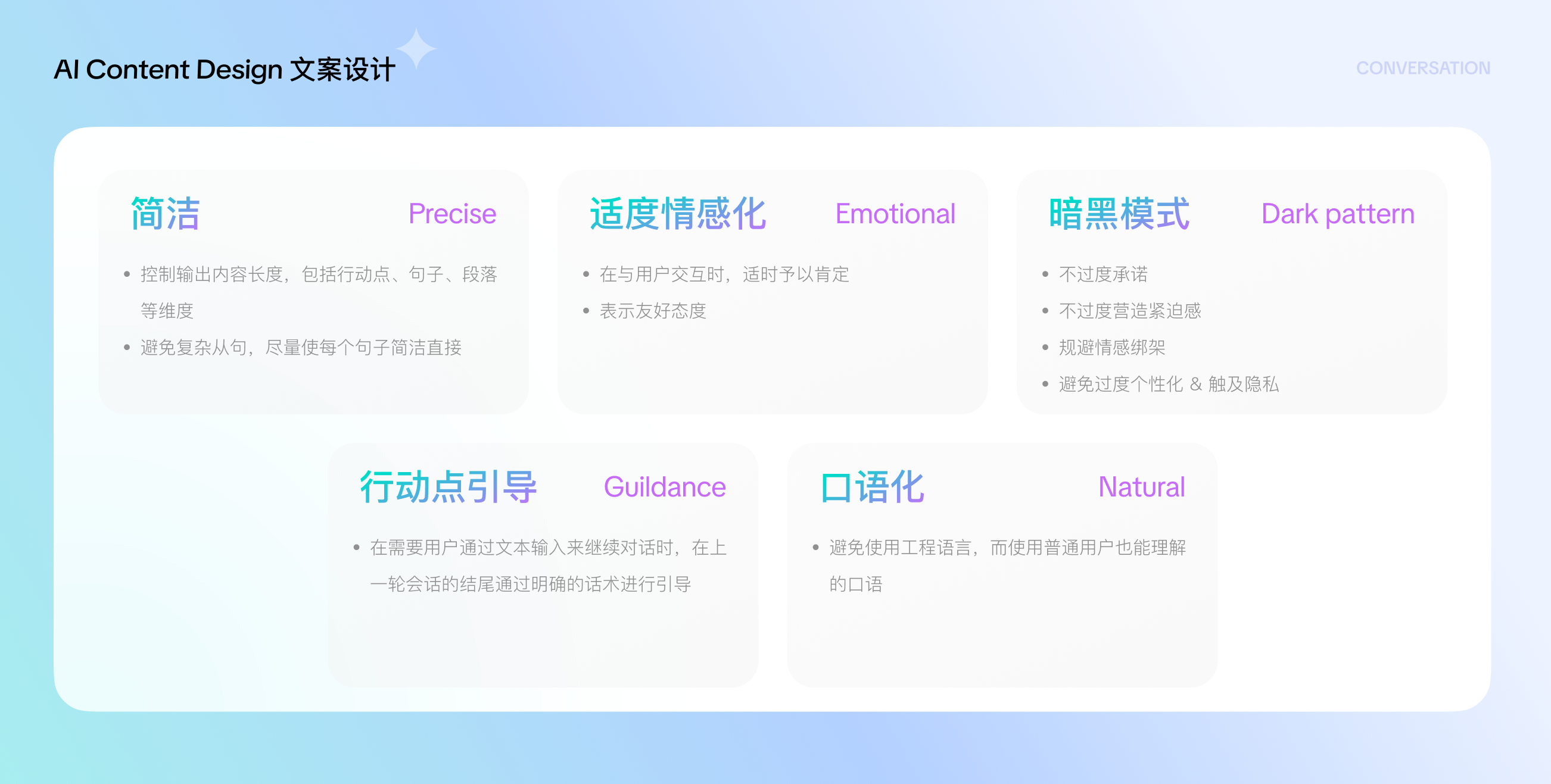-
 Wang Chen
BytDance
Experience Designer
Wang Chen
BytDance
Experience Designer
I have 8 years of experience in interactive design and 5 years of experience in logistics industry. He has worked at Pilotfish(Munich), ARK Innovation Consulting, Alibaba Cainiao, ByteDance and other companies. I am good at combining online and offline design with multiple roles, and finally turning experience problems into business values clearly. I have been a lecturer of IXDC2022 and Campus Aisa(Zhejiang University x Alibaba). Excellent paper of UXPA 2022, author of column of Alibaba Design public account, and a number of national invention patents.
Design philosophy: Design to solve problems.
AI Innovation in Global E-commerce
In the process of exploring e-commerce on TikTok, we are also attempting to introduce AI-related methods to verify whether they can bring positive conversion benefits to the business. Through this workshop, we hope to inspire relevant practitioners by sharing our successful and unsuccessful explorations in international e-commerce in recent years.
1. Exploration of Product Function Dimensions
1.1 Introduction to AI-related Application Types and Scenarios in E-commerce Domain
1.2 How to Smoothly Integrate AI Capabilities into the Existing E-commerce User Journey
2. Define an AI Design Specification within the App
2.1 Unified Brand Image, such as AI function-exclusive color palettes and graphic symbols
2.2 Design Paradigms Differentiated from Conventional Functions, such as Information Hierarchy, Entry Styles, and Action Point Guidance
2.3 Ensure Consistency and Continuity of AI-related Functions within the App, and Establish Clear and Coherent User Perceptions of "AI Functions"
3. AI Writing Principles and Practices
3.1 Conciseness
3.2 Use Natural and Easy-to-Understand Human Language
3.3 Appropriate Emotionalization
3.4 Provide Clear Action Point Guidance
3.5 Avoidance of Dark Patterns
4. Adaptation to Internationalization and Localization
4.1 Preferences in Conversation Style, such as Tone and Information Volume Differences in Single-round Conversations
4.2 Aesthetic Preferences, such as Makeup, Body Shape, Skin Tone, etc.
1、Background Introduction: Introduce the current application status of AI products in the e-commerce industry, as well as the challenges and opportunities faced.
2、Case Explanation: Starting from aspects such as novice landing experience, interactive guidance in conversation processes, copywriting, and avoidance of dark patterns, explain with actual cases and extract certain design principles.
3、Practical Interaction: Based on AI practical application propositions, conduct group proposals and discussions.
4、Open Q&A
1、Junior/mid-level/senior UX designers, user researchers, product managers, etc., who are interested in the practice of AI in e-commerce business scenarios.
2、Junior/mid-level/senior UX designers, user researchers, product managers, etc., who are interested in enterprise overseas expansion
3、Junior/mid-level/senior UX designers, user researchers, product managers, etc., who are interested ininternationalization and localization processes.
1、Explore the AI exploration practice path of e-commerce business to provide reference for AI-related projects in follow-up work.
2、In the rapidly developing and changing business, how to actively explore design value and seize the opportunity to implement design-driven solutions
3、In the wave of enterprise globalization, how can designers gain insight into user demands under different regional cultural backgrounds and transform them into design solutions
-
 AI in E-commerce
AI in E-commerce
-
 AI localization
AI localization
-
 AI color guidance
AI color guidance
-
 AI content design
AI content design








